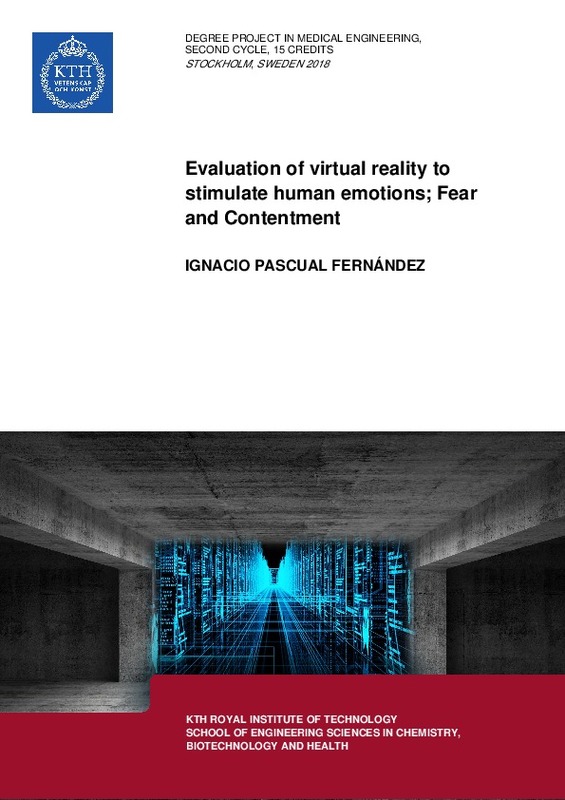JavaScript is disabled for your browser. Some features of this site may not work without it.
Buscar en RiuNet
Listar
Mi cuenta
Estadísticas
Ayuda RiuNet
Admin. UPV
Evaluación de realidad virtual para estimular emociones humanas: Miedo y Alegría
Mostrar el registro completo del ítem
Pascual Fernández, IJ. (2018). Evaluación de realidad virtual para estimular emociones humanas: Miedo y Alegría. http://hdl.handle.net/10251/140595
Por favor, use este identificador para citar o enlazar este ítem: http://hdl.handle.net/10251/140595
Ficheros en el ítem
Metadatos del ítem
| Título: | Evaluación de realidad virtual para estimular emociones humanas: Miedo y Alegría | |||
| Autor: | Pascual Fernández, Ignacio José | |||
| Director(es): | ||||
| Entidad UPV: |
|
|||
| Fecha acto/lectura: |
|
|||
| Resumen: |
[ES] El objetivo de esta investigación es evaluar como la Realidad Virtual puede estimular emociones humanas. Para conseguir cuantificarlo, este estudio comparará emociones entre vídeos, como ha sido hecho previamente en ...[+]
[EN] The aim of this research is to evaluate how Virtual Reality can stimulate human emotions. In order to achieve quantification, this study will compare emotions between videos as it has been done previously in other ...[+]
|
|||
| Palabras clave: |
|
|||
| Derechos de uso: | Reserva de todos los derechos | |||
| Editorial: |
|
|||
| Titulación: |
|
|||
| Tipo: |
|
recommendations
Este ítem aparece en la(s) siguiente(s) colección(ones)
-
ETSII - Trabajos académicos [10404]
Escuela Técnica Superior de Ingenieros Industriales







